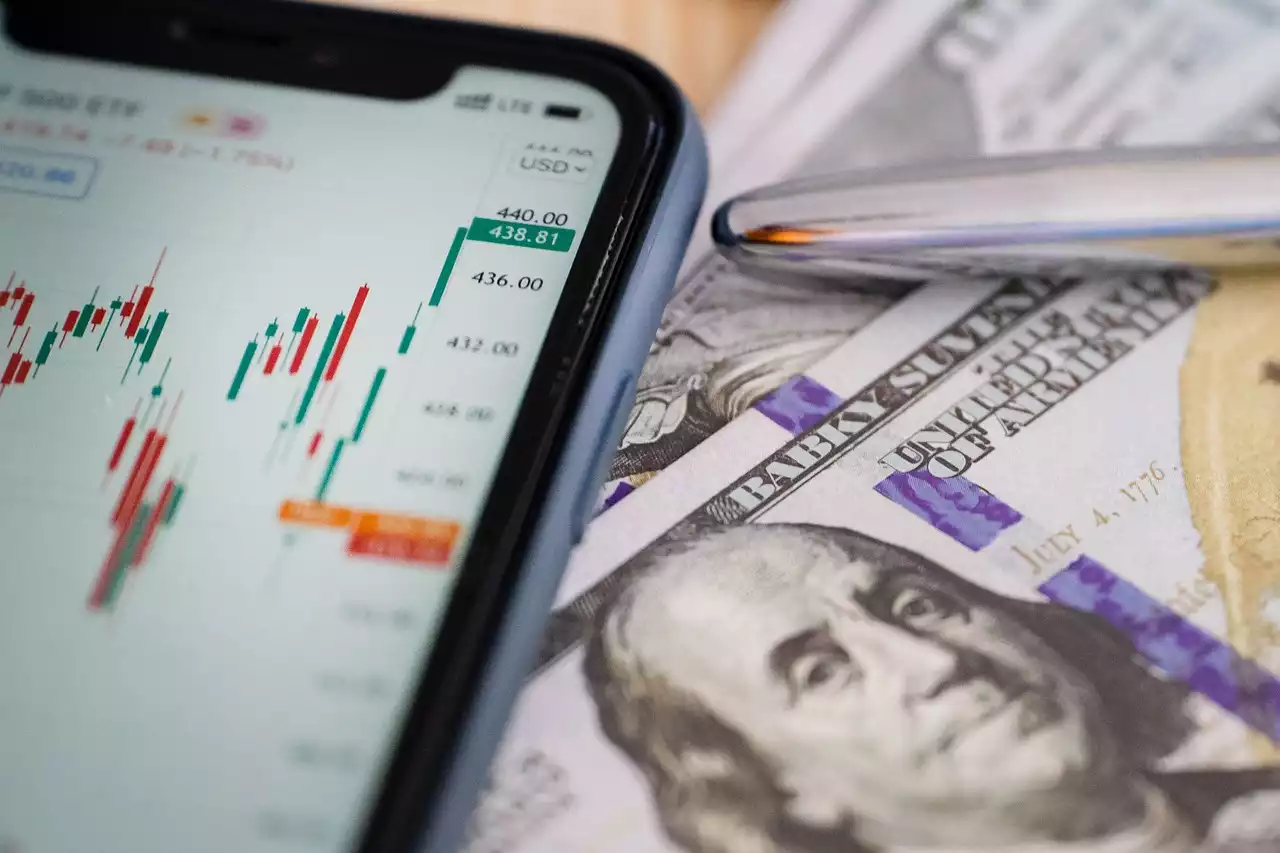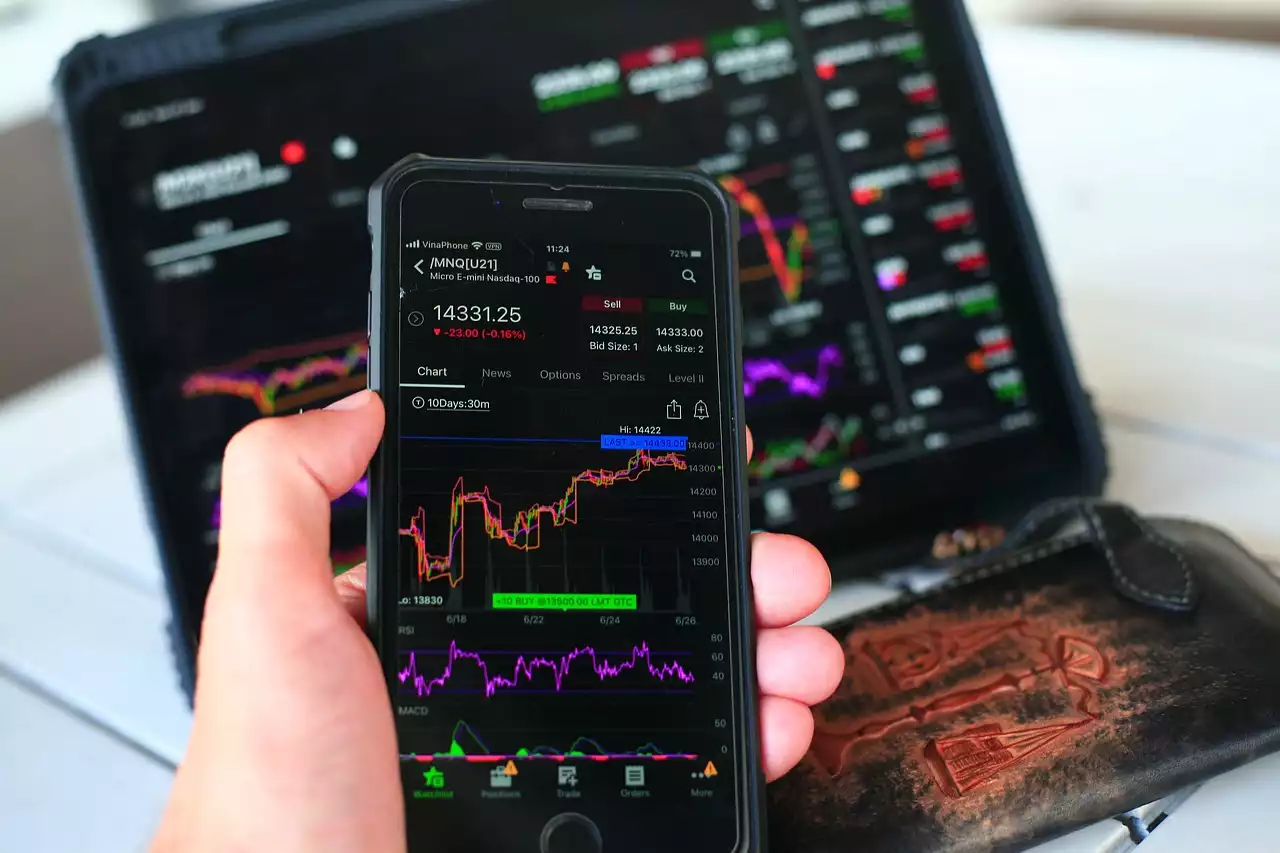What is forex scalping?
Scalping is a trading style that involves buying and selling currencies quickly. Traders who practice scalping tend to hold positions for very short periods of time, sometimes as little as a few seconds. The name “scalping” comes from the idea that scalpers are trading with such rapid frequency that it’s as though they’re “scraping” out small amounts of profit from each trade. Scalping is a popular trading strategy, particularly among forex traders. Currency traders often make multiple trades in a day, and scalping is a strategy that lends itself well to frequent trading. Scalping is popular because it requires very little capital to get started. Scalpers rely on tight risk management to make money, so they can use very small amounts of capital to trade a large number of contracts.
Pros of forex scalping
- Scalping is a great way to get into the forex trading business. It doesn’t require a large initial investment. Traders can start with as little as $50 or $100.
- Scalpers don’t need a lot of time to make a profit. Even though they hold positions for short periods of time, they can still make money.
- Scalping can be a very lucrative strategy. It allows traders to profit from small movements in the price of a currency. If a pair is only moving by a few pips, scalpers can make a profit.
Cons of forex scalping
- Scalping is a high-risk trading strategy. Traders who make many small trades are more likely to lose money than traders who make fewer but larger trades.
- Scalpers need to pay attention at all times. Traders who practice scalping need to be glued to their trading platform at all times since they can’t hold a position for a long period of time.
- Scalping is more suited to certain market conditions. Certain market conditions are more conducive to scalping than others. Traders who practice scalping need to know the market conditions that work best for them.
- For successful scalping, traders need the right tools. Traders who practice scalping need the right tools for the job. They need to have access to a trading platform that allows them to make lots of trades quickly. Equally important, they also need a broker who can process lots of trades quickly.
How to become a successful forex scalper
- First, decide whether scalping is for you. Scalping is a high-risk trading strategy, and not everybody is suited to it. Take some time to determine if you are the kind of person who can make lots of quick trades and still manage risk.
- Learn the market conditions that are most conducive to scalping. Certain market conditions are more conducive to scalping than others. In order to become a successful scalper, you need to learn when these conditions are present.
- Choose the right trading platform. You also need to choose the right trading platform. A platform that allows you to make lots of trades quickly is essential for scalping. Equally important, you want a platform that allows you to trade with small amounts of money.
Popular scalping strategies
- Range trading: Range trading is a popular scalping strategy. Traders who employ this strategy are looking for a pair to stay within a certain price range. A range could be, for instance, between 80 and 90 pips. If the pair has been trading in this range for a while, the trader could buy the pair when it’s near 80 and then sell it when it’s near 90. This only takes a few seconds.
- Breakout trading: Breakout trading is another popular scalping strategy. This strategy involves buying the pair when it breaks out above a certain price level and then selling it when it breaks below that price level. Breakout trading is a great strategy to use during periods of low volatility.
- Trend trading: Trend trading involves buying and selling a currency pair based on whether a particular trend is intact. If the pair is trending upward, traders will buy the pair. If it’s trending downward, they will sell it. Trends are more common during periods of high volatility.
Forex scalping robots
Scalping robots are automated trading systems that are programmed to make lots of trades automatically. Scalping robots are very popular among forex traders who practice scalping. It’s important to note, however, that not all scalping robots are legitimate. Be sure to use caution when choosing a scalping robot. There are two ways to use scalping robots. Some traders use them as a way to automate some of their trades. Others use them as a way to replace all of their trading. In the latter case, they just program the robot and then forget about it until it’s time to shut it off.
Risk management for forex scalping
When it comes to risk management for scalping, it’s all about knowing your position size and using proper stop-losses. You also need to make sure that you can process all of your trades quickly and accurately.
- Position size: The most important thing for risk management for scalping is knowing your position size. Traders who practice scalping need to know how many contracts they’re trading at a time so they know how much money they can lose on each trade.
- Stop-losses: You also need to make sure that you are using proper stop-losses to protect against losing too much money on each trade. A stop-loss is a price at which you will automatically sell a trading pair if it reaches that price.








